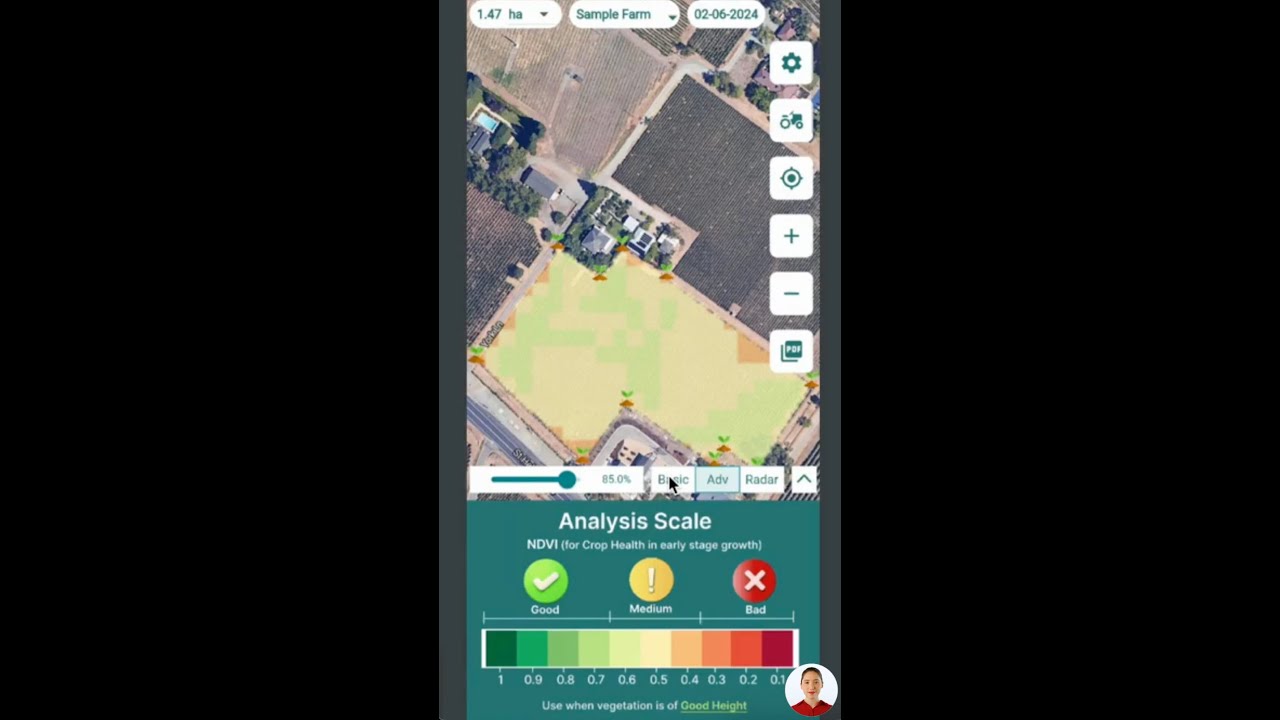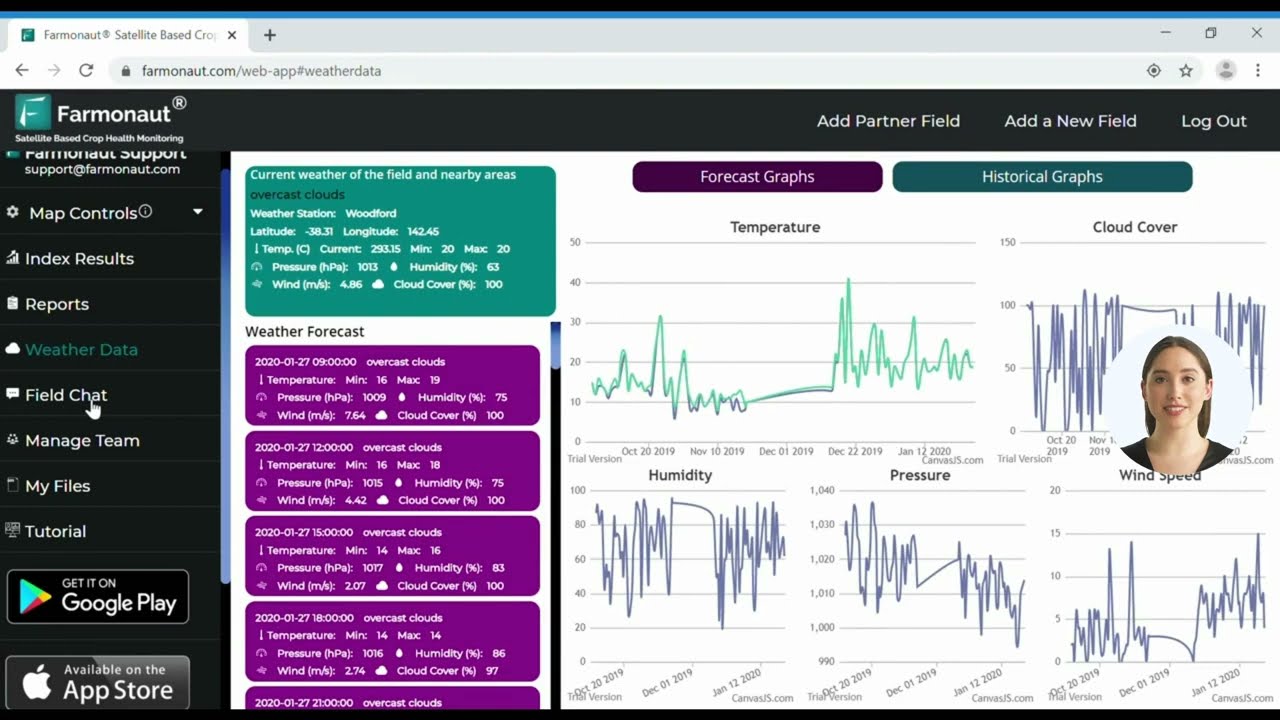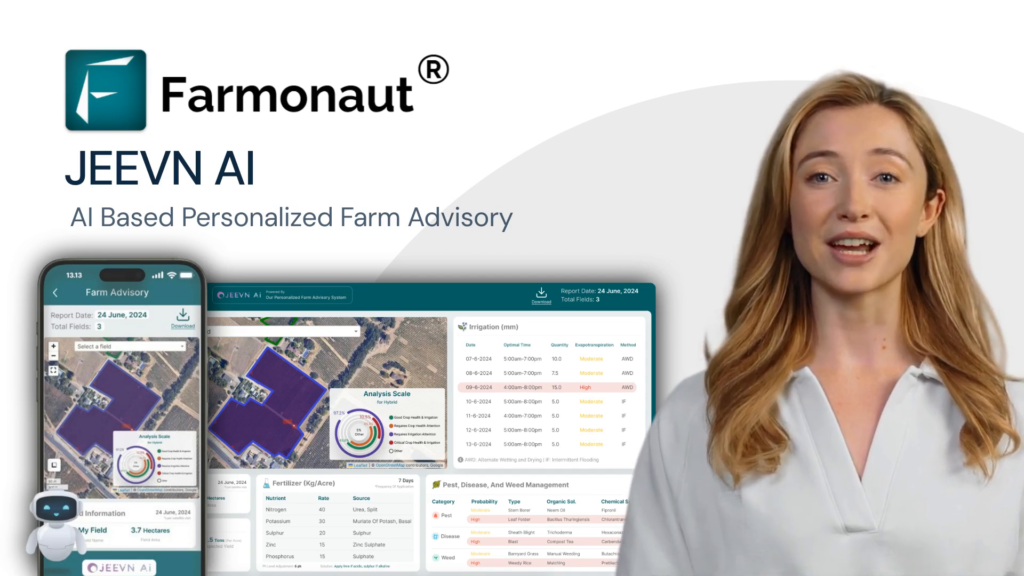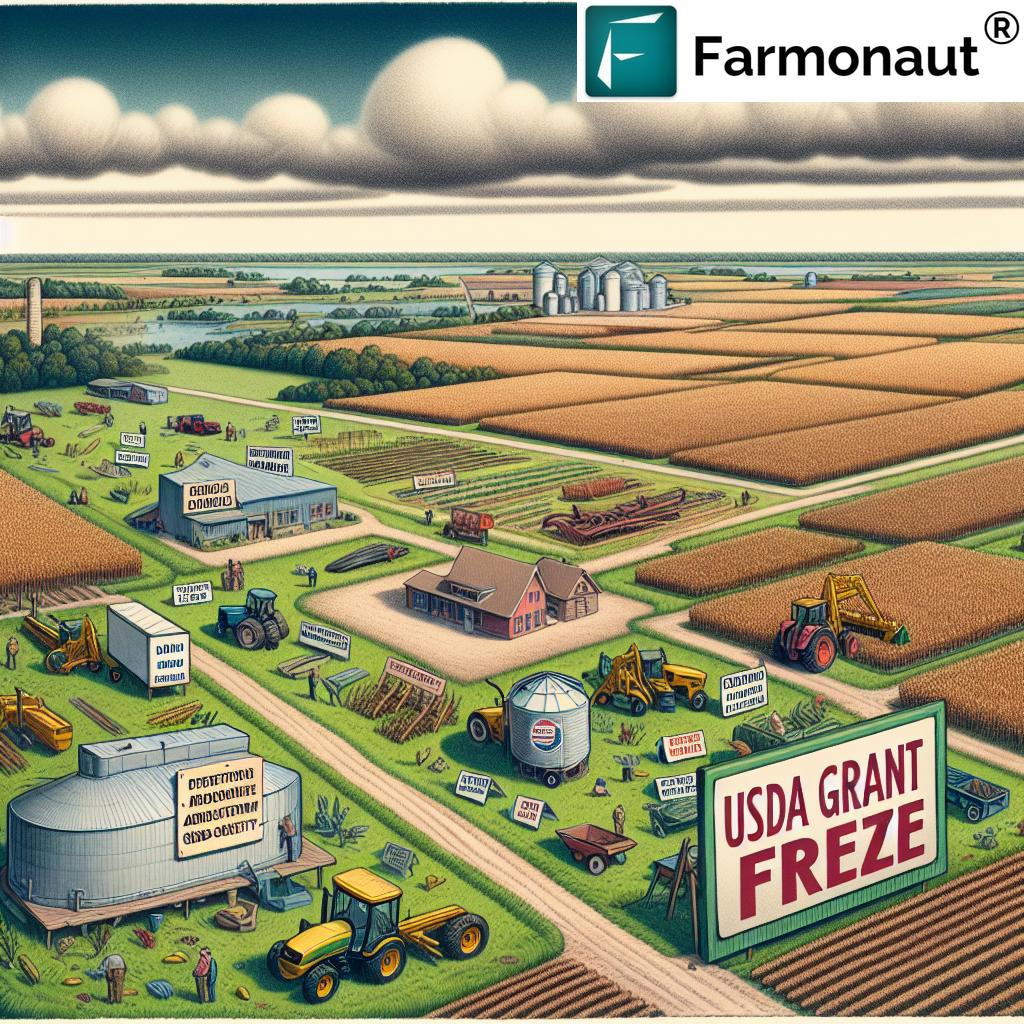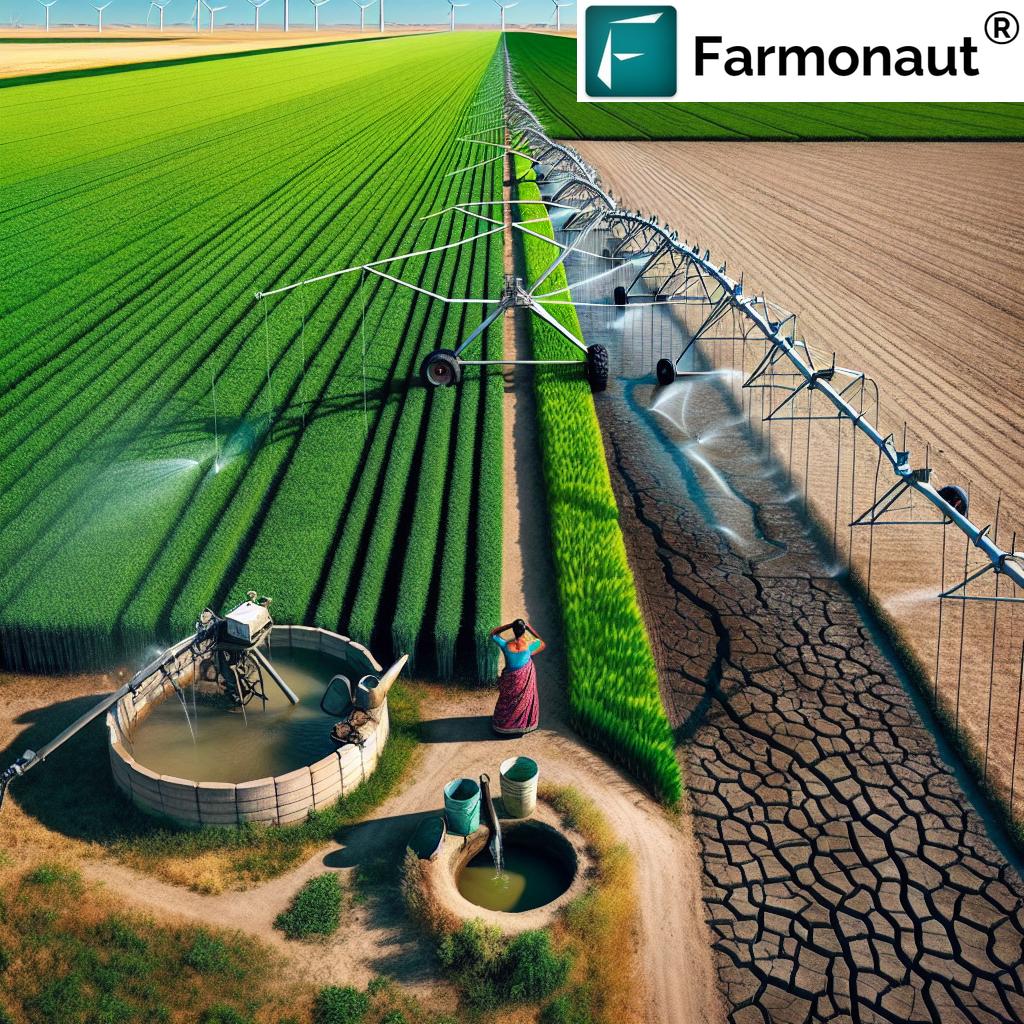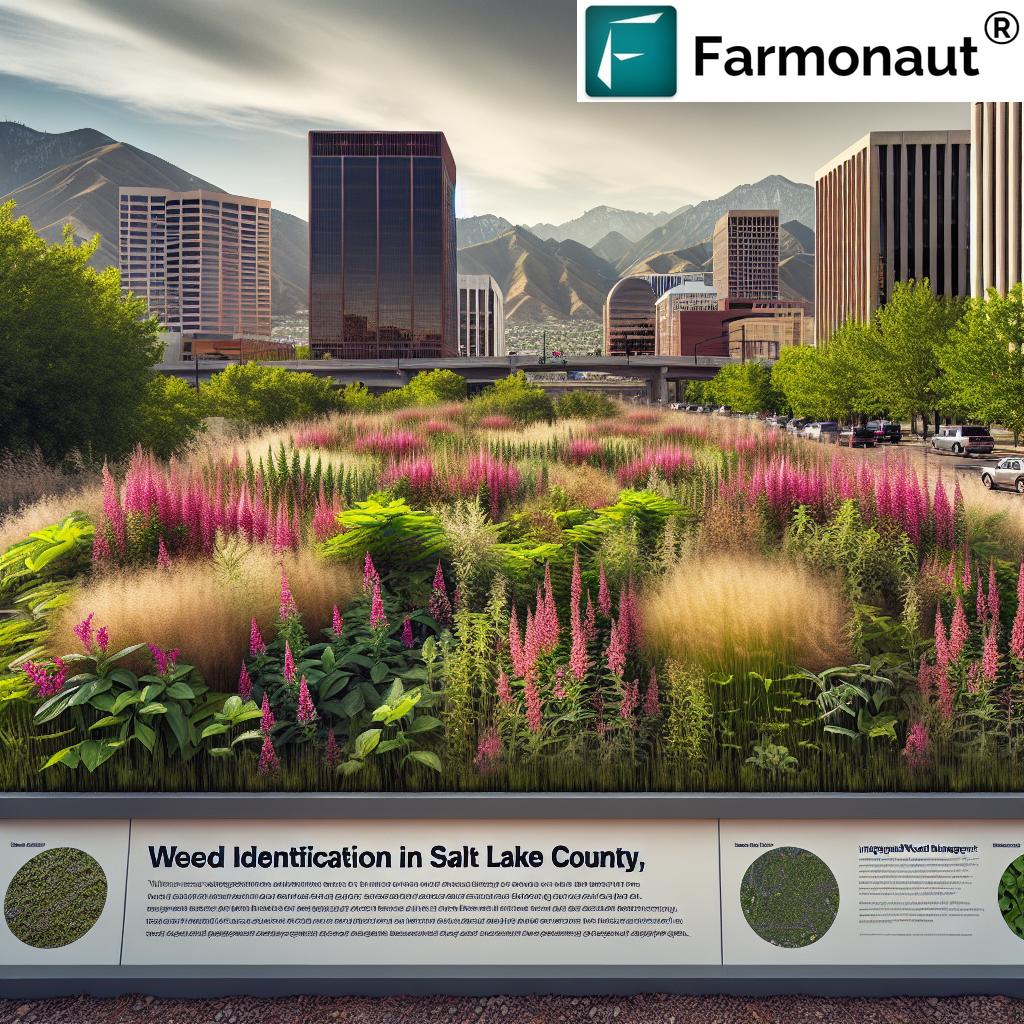Climate Change Threat: New England Corn Crops Face Flea Beetle Expansion and Stewart’s Wilt Risk
“Climate change could increase corn flea beetle populations by up to 30% in New England, threatening crop yields.”
As we delve into the world of agriculture and climate change, we find ourselves facing new challenges that threaten the very foundation of our food production systems. In this comprehensive analysis, we’ll explore the latest research on how climate change is impacting corn crop pests in New England, potentially jeopardizing agricultural production in the region. Our focus will be on the expansion of corn flea beetles and the increased risk of Stewart’s Wilt disease due to warming temperatures and milder winters.
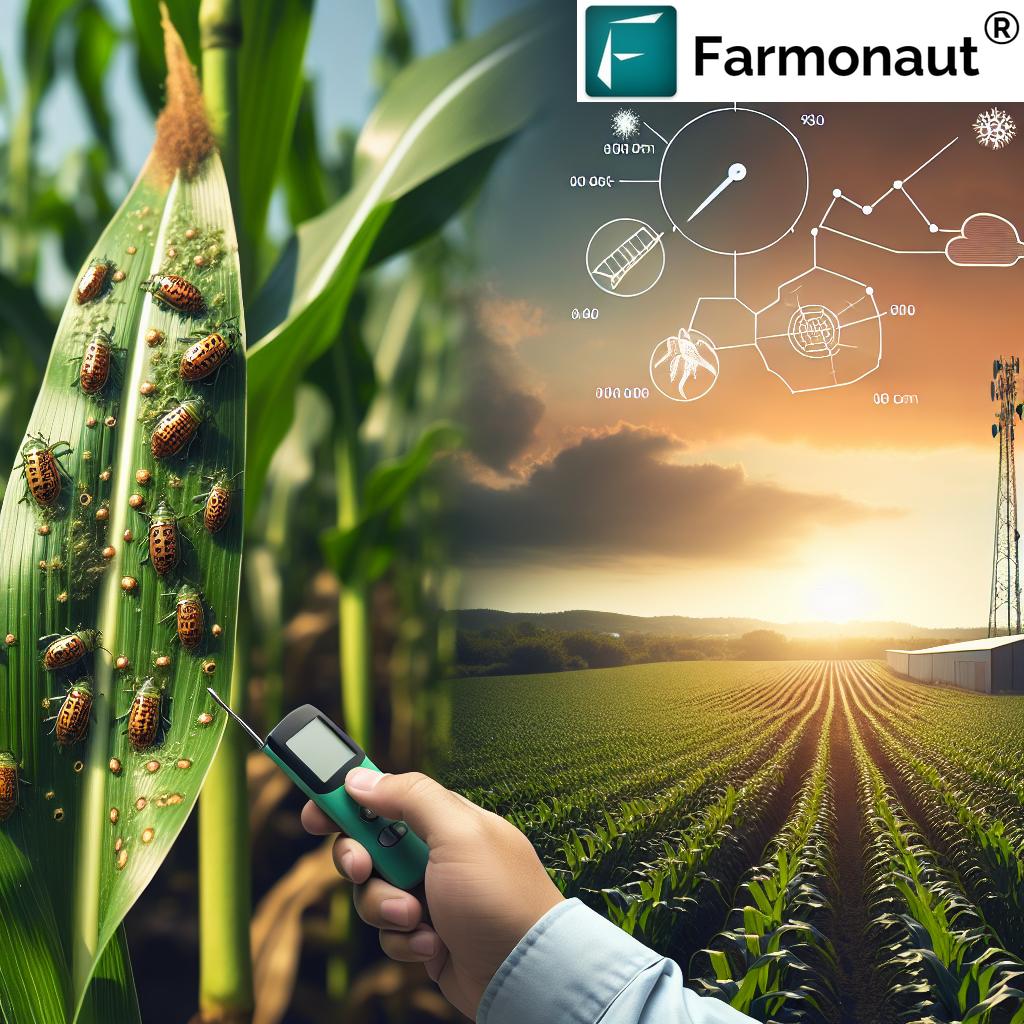
As sustainable agriculture practices evolve, farmers are facing new challenges in pest management strategies, balancing environmental concerns with crop protection. This study highlights the urgent need for developing resistant corn varieties and reevaluating pesticide use, particularly as regulations tighten on broad-spectrum pesticides like neonicotinoids.
The Corn Belt Moves Northeast: A Changing Agricultural Landscape
While the Midwest Corn Belt, stretching through states like Ohio, Nebraska, and Kansas, has long been the epicenter of corn production in the USA, climate change is shifting the agricultural landscape. New England, traditionally known for commodities such as maple syrup, wild blueberries, and cranberries, is now seeing an increase in corn production. The 2023-24 crop production report from the U.S. Department of Agriculture revealed that the region produced just under 3 million tons of corn, with Vermont contributing approximately half and Maine adding 500,000 tons to the total.
This shift in production patterns brings with it new challenges, particularly in the form of pests and diseases that were previously less prevalent in the region. As temperatures warm and winters become milder, corn growers in New England are facing a potential new threat: the expansion of the corn flea beetle and the associated risk of Stewart’s Wilt disease.
Understanding the Corn Flea Beetle and Stewart’s Wilt
The corn flea beetle is a small but formidable pest that has long plagued farmers in the traditional Corn Belt. These tiny insects, measuring only about 1/16 inch in length, can cause significant damage to corn crops in two primary ways:
- Direct Damage: Corn flea beetles feed on the leaves of young corn plants, creating small, elongated holes in the foliage. This feeding activity can stunt plant growth and, in severe cases, lead to plant death.
- Disease Transmission: Perhaps more concerning is the flea beetle’s role as a vector for the bacteria that causes Stewart’s Wilt disease. This bacterial infection can have devastating effects on corn crops, potentially leading to significant yield losses.
Stewart’s Wilt, caused by the bacterium Pantoea stewartii, is a serious disease that can impact both sweet corn and field corn varieties. The disease manifests in two phases:
- Seedling Wilt Phase: This occurs when young plants are infected, often leading to plant death and significant stand loss.
- Leaf Blight Phase: Later infections result in long, pale green to yellow streaks on the leaves, which can eventually turn brown and die.
The severity of Stewart’s Wilt infections can vary, but in susceptible corn varieties, yield losses can range from 40% to 100% in severely infected fields.
The Climate Connection: How Warming Temperatures Favor Pest Expansion
The potential expansion of corn flea beetles into New England is directly linked to climate change, particularly the trend towards warmer winters. Historically, harsh New England winters have served as a natural control mechanism for many agricultural pests, including the corn flea beetle. However, as winters become milder, more beetles are likely to survive the cold months, leading to larger populations in the spring.
A recent study led by Rachel Schattman, assistant professor of sustainable agriculture at the University of Maine, and Scott Merrill, a systems ecologist at the University of Vermont, has shed light on this concerning trend. The researchers combined temperature forecasts with two existing agricultural models to project how changing climate could impact corn flea beetle infestations in the region.
Farmonaut’s satellite-based crop health monitoring tools can be instrumental in tracking the spread of pests and diseases across agricultural regions. By providing real-time data on vegetation health and crop stress, farmers can stay ahead of potential infestations and take proactive measures to protect their crops.
Methodology: Combining Climate Models with Agricultural Insights
The study’s methodology is a testament to the power of interdisciplinary research in addressing complex agricultural challenges. Here’s a breakdown of the approach:
- Climate Data: The researchers used data from PRISM, a forecast system based at Oregon State University, to integrate temperature projections into existing agricultural models.
- Time Periods: The analysis focused on three distinct time periods: 1980-2011 (historical baseline), 2049-2059 (mid-century projection), and 2089-2099 (end-of-century projection).
- Agricultural Models: Two existing models were employed:
- Model 1: Summates the mean temperatures of winter months
- Model 2: Calculates crop damage based on winter month temperatures
- Analysis: Temperature data was analyzed through each model individually and then by taking averages of the two models combined.
The results were striking: all three models showed that the corn flea beetle and the threat of Stewart’s Wilt is likely to expand in the Northeast, increasing the probability of severe crop damage in the coming decades.
The Challenge of Pest Management in a Changing Climate
As the threat of corn flea beetle infestations looms larger, farmers and agricultural professionals are faced with the challenge of adapting their pest management strategies. Traditionally, pesticides have been the go-to solution for controlling corn flea beetle populations. However, the landscape of pest management is changing, driven by both environmental concerns and evolving regulations.
“Stewart’s Wilt disease, spread by flea beetles, can reduce corn yields by 40-100% in severely infected fields.”
Schattman notes, “In the future, we anticipate crop production to continue to get more challenging for a multitude of reasons, including disease and crop interaction. We need all of the management tools that we can have available.”
Currently, two main types of pesticides are used in corn production:
- Targeted Pesticides: These are designed to affect specific pests, minimizing impact on non-target species.
- Broad-Spectrum Pesticides: These affect a wide range of pests, allowing farmers to spray less frequently and more effectively. However, they also pose greater risks to beneficial insects and the wider ecosystem.
One class of broad-spectrum pesticides, neonicotinoids (or neonics), has come under particular scrutiny in recent years due to concerns about their impact on pollinators and other non-target species. As a result, some states have begun to regulate or ban the use of neonics, creating a dilemma for farmers who rely on these chemicals for pest control.
“There’s been a lot of movement to try and make some pesticides, like neonics, unavailable to farmers in some states, which from an environmental perspective, is not that bad, but from a farming perspective, can be challenging,” Schattman explains. “However, if pesticides are more tightly regulated, then farmers may be left with underdeveloped seed genetics and fewer spray options that work. That may make them more vulnerable to something like corn flea beetle.”
Alternative Approaches: Developing Resistant Corn Varieties
In light of the challenges posed by pesticide regulations and the increasing threat of pest infestations, there is renewed interest in developing corn varieties that are resistant to Stewart’s Wilt and less attractive to corn flea beetles. This approach, while promising, comes with its own set of challenges:
- Time and Investment: Developing new, resistant varieties of corn requires significant time and financial investment in research and breeding programs.
- Advocacy: Farmers need to advocate for this research to be conducted on their behalf, as it may not be as immediately profitable for seed companies as developing other traits.
- Balancing Traits: Breeders must balance disease resistance with other desirable traits such as yield, drought tolerance, and nutritional content.
Despite these challenges, the development of resistant varieties represents a sustainable, long-term solution to the threat posed by corn flea beetles and Stewart’s Wilt. It aligns with the principles of integrated pest management (IPM) and could reduce reliance on chemical pesticides.
Farmonaut’s API can be a valuable resource for researchers and breeders working on developing resistant corn varieties. By providing access to detailed satellite imagery and weather data, the API can help track the performance of different corn varieties under various environmental conditions.
The Broader Impact: Climate Change and Corn Production
The potential expansion of corn flea beetles into New England is just one aspect of the broader impact of climate change on corn production in the USA. The Midwest Corn Belt, which has long been the heart of American corn production, is already experiencing significant challenges due to climate change:
- Shifting Growing Zones: As temperatures warm, the optimal growing zones for corn are moving northward, potentially benefiting some northern regions while creating challenges for traditional corn-growing areas.
- Extreme Weather Events: Climate change is associated with an increase in extreme weather events such as droughts, floods, and heatwaves, all of which can severely impact corn yields.
- Changes in Precipitation Patterns: Alterations in rainfall patterns can affect corn growth, with some areas experiencing water stress while others face issues with excess moisture.
- Pest and Disease Pressure: Warmer temperatures and milder winters are allowing pests and diseases to expand their ranges, putting additional pressure on corn crops.
The Role of Technology in Adapting to Climate Change
As the agricultural landscape evolves in response to climate change, technology is playing an increasingly crucial role in helping farmers adapt. Advanced tools and techniques are enabling more precise and efficient farming practices, helping to mitigate some of the challenges posed by changing climate conditions.
Farmonaut’s satellite-based farm management solutions are at the forefront of this technological revolution in agriculture. By providing real-time data on crop health, soil moisture levels, and weather patterns, Farmonaut empowers farmers to make informed decisions about irrigation, fertilizer usage, and pest management. This data-driven approach can be particularly valuable in addressing the challenges posed by climate change and pest expansion.
Some key technological advancements helping farmers adapt to climate change include:
- Precision Agriculture: Using GPS and satellite technology to optimize planting, irrigation, and harvesting practices.
- Climate-Smart Farming: Implementing practices that increase productivity while reducing greenhouse gas emissions and adapting to climate change.
- Drought-Resistant Crops: Developing and planting varieties of corn and other crops that can withstand water stress.
- Advanced Weather Forecasting: Utilizing sophisticated models to predict weather patterns and potential extreme events with greater accuracy.
- Integrated Pest Management (IPM): Employing a combination of biological, cultural, and chemical methods to control pests while minimizing environmental impact.
These technological solutions, combined with traditional farming knowledge and sustainable practices, offer hope for adapting to the challenges posed by climate change and ensuring food security for future generations.
The Farmer’s Perspective: Balancing Economics and Ecology
For farmers on the ground, the threat of expanding pest populations and changing climate conditions presents a complex challenge. As Schattman, who owned a farm for about a decade, points out, “Farming is very vulnerable to everything that happens in the weather — early frost, big storms, big rainfall, everything that can potentially tank your crop. In any given year, farmers have to make decisions about economics and ecology, and the social and cultural aspects of their farm.”
This balancing act between economic viability and ecological responsibility is at the heart of modern sustainable agriculture. Farmers must consider:
- Short-term vs. Long-term Gains: Decisions about pest management, crop rotation, and soil health often involve weighing immediate economic benefits against long-term sustainability.
- Regulatory Compliance: Staying up-to-date with changing regulations on pesticide use and environmental protection.
- Consumer Demands: Meeting the growing demand for sustainably produced food while maintaining profitability.
- Technology Adoption: Investing in new technologies and practices that can improve efficiency and resilience in the face of climate change.
Looking Ahead: Preparing for Future Challenges
As we look to the future of corn production in New England and beyond, it’s clear that a multifaceted approach will be necessary to address the challenges posed by climate change and expanding pest populations. Key areas of focus include:
- Research and Development: Continued investment in developing resistant corn varieties and sustainable pest management strategies.
- Policy and Regulation: Crafting flexible, science-based policies that balance environmental protection with agricultural productivity.
- Education and Outreach: Providing farmers with the knowledge and tools they need to adapt to changing conditions and implement sustainable practices.
- Technological Innovation: Advancing precision agriculture techniques and data-driven farming solutions to optimize resource use and crop protection.
- Ecosystem-Based Management: Considering the broader ecological context in agricultural decision-making to promote resilience and sustainability.
Comparative Analysis: Climate Change Impact on Corn Crops in New England
| Year | Projected Average Winter Temperature (°F) | Estimated Flea Beetle Population Density (beetles per acre) | Predicted Stewart’s Wilt Incidence (% of crops affected) | Projected Corn Yield Loss (%) | Recommended Pest Management Strategies |
|---|---|---|---|---|---|
| 2023 | 28 | 500 | 5% | 2% | Traditional pesticide application, crop rotation |
| 2025 | 29 | 600 | 7% | 3% | Integrated Pest Management (IPM), resistant varieties |
| 2030 | 31 | 800 | 10% | 5% | Precision agriculture, biological control agents |
| 2035 | 32 | 1000 | 15% | 8% | Advanced monitoring systems, targeted pesticide use |
| 2040 | 34 | 1200 | 20% | 12% | Climate-resilient crop varieties, ecosystem-based management |
This table illustrates the potential progression of climate change impacts on corn production in New England over the next two decades. As average winter temperatures rise, we can expect to see a corresponding increase in flea beetle populations and Stewart’s Wilt incidence. This, in turn, is projected to lead to greater corn yield losses if effective management strategies are not implemented.
The recommended pest management strategies evolve over time, reflecting the need for more sophisticated and sustainable approaches as the challenges intensify. From traditional pesticide applications in the near term, we see a shift towards integrated pest management, precision agriculture, and ultimately, the development of climate-resilient crop varieties and ecosystem-based management approaches.
Conclusion: Adapting to a Changing Agricultural Landscape
The potential expansion of corn flea beetles and increased risk of Stewart’s Wilt in New England serves as a microcosm of the broader challenges facing agriculture in the era of climate change. As we’ve explored in this analysis, the impacts of warming temperatures extend far beyond simple changes in growing seasons, affecting pest populations, disease prevalence, and ultimately, crop yields.
However, this challenge also presents an opportunity for innovation and adaptation. By combining cutting-edge technology, sustainable farming practices, and a deep understanding of ecological systems, we can work towards a resilient and productive agricultural future. The role of companies like Farmonaut in providing data-driven insights and management tools will be crucial in this adaptation process.
As we move forward, it will be essential to maintain a flexible and proactive approach to agricultural management. This means:
- Continuing to invest in research and development of resistant crop varieties
- Advancing our understanding of pest ecology and management in changing climates
- Embracing technological solutions that enable precision agriculture and data-driven decision-making
- Fostering collaboration between farmers, researchers, policymakers, and technology providers
- Promoting sustainable farming practices that enhance ecosystem resilience
By addressing the challenge of corn flea beetle expansion and Stewart’s Wilt risk in New England, we’re not just protecting a single crop in one region. We’re developing strategies and solutions that can be applied to a wide range of agricultural challenges around the world. In doing so, we’re taking important steps towards ensuring food security and agricultural sustainability in the face of global climate change.
FAQ Section
Q: What is the corn flea beetle?
A: The corn flea beetle is a small insect pest that feeds on corn leaves and can transmit the bacteria causing Stewart’s Wilt disease.
Q: How does climate change affect corn flea beetle populations?
A: Warmer winters allow more corn flea beetles to survive, potentially leading to larger populations in the spring and summer.
Q: What is Stewart’s Wilt disease?
A: Stewart’s Wilt is a bacterial disease of corn, transmitted by corn flea beetles, that can cause significant yield losses in susceptible corn varieties.
Q: How can farmers manage corn flea beetle infestations?
A: Management strategies include using resistant corn varieties, applying appropriate pesticides, implementing crop rotation, and utilizing integrated pest management techniques.
Q: What role does technology play in addressing these agricultural challenges?
A: Technology, such as satellite-based crop monitoring and precision agriculture tools, helps farmers make informed decisions about pest management, resource allocation, and crop health.
Earn With Farmonaut: Affiliate Program
Earn 20% recurring commission with Farmonaut’s affiliate program by sharing your promo code and helping farmers save 10%. Onboard 10 Elite farmers monthly to earn a minimum of $148,000 annually—start now and grow your income!
Farmonaut Subscriptions


